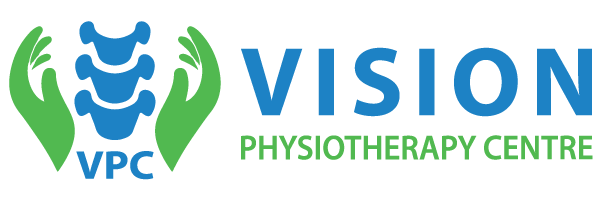Repetitive motions
- Good posture is key to preventing low back pain. Proper posture evenly distributes weight and maintains natural spine curves, reducing strain and misalignment. Maintaining good posture involves standing and sitting with a neutral spine, relaxed shoulders, and avoiding prolonged positions. When sitting, use a supportive chair and avoid slouching. When standing, balance weight on both feet. In addition to posture, exercise, stretching, and avoiding strain-causing activities can help prevent low back pain. Making posture and lifestyle changes can reduce the cause of your back pain and lead to a healthier life.
- Repetitive movement causes overuse of the tendons and the surrounding tissue, leading to strain and inflammation. This repetition sometimes causes carpal tunnel syndromes (CTS) is caused by increased pressure on your median nerve as it passes through a passage on the palm side of your wrist. In most cases, carpal tunnel syndrome (CTS) is a type of overuse injury.
Inflammation
- Inflammation of the tendons and their protective sheath can also occur due to underlying medical conditions such as rheumatoid arthritis or gout.
- The overuse of the hand and wrist can also lead to inflammation of the tendons and their protective sheath.
- Inflammation of the tendon sheath is the result of injury to the tendons, a tissue that attaches muscles or bones.
- Room for the tendons of the wrist that trouble over the back of the wrist, the extensor tendons, run through a series of tunnels, called compartments.
Trauma
- Trauma to the hand or wrist, such as a fall or a blow, can cause inflammation and pain in the tendons.
- In some cases, a specific injury, such as a sprained wrist and tendons on the thumb side, may cause the tendons to become swollen and lead to the development of De Quervain Syndrome.
It is important to note that many people have no clear cause for their De Quervain’s syndrome. Regardless of the cause, it is important to seek medical attention and De Quervain’s tenosynovitis physical Therapy if you are experiencing symptoms of De Quervain Tenosynovitis in order to receive an accurate diagnose de quervain’s and appropriate treatment.









